Anthurium Hookeri or Bird’s Nest Anthurium
Bird’s Nest Anthurium is not just another houseplant but a lovable addition to your garden. It offers the right emblem of love-formed and ruffled leaves that scatter from the center like a home. Known for its theatrical leaves in preference to flowers, this exotic variety of Anthurium captures attention in your homes and city workspaces alike. The best part is that it requires minimal care and maintenance.
How to Care For Bird’s Nest Anthurium Plant?
Treat it like a lush treasure: moderate light, kindness, and dampness will maintain its development.
Soil
Choose a nutrient-rich and well-draining soil for this Anthurium plant. You must avoid the heavy soil for seepage and aeration issues.
Water
Water your Anthurium Hookeri plant twice or thrice weekly, or go ahead only when the top layer of the soil feels dry. Its dense roots hate sogginess and hence avoid too much water that will turn the leaves limp and flat.
Light Requirements
Being a houseplant, you must position it towards the sunlight for proper development and growth. When growing indoors, you must place it near the window for proper development. However, protect it from direct sunlight to prevent any damage to its leaves.
Temperature and Humidity
The ideal temperature for your Anthurium lies between the range of 20°C and 30°C. When it comes to humidity, it is ideal to offer over 60%. If the air is dry, use a stone platter or a range humidifier for proper growth.
Pest
Generally strong, but pay attention to common pest attacks on this plant. Wipe leaves regularly accompanying a wet cloth and check the undersides for pest attack that requires the use of high-quality pesticide.
Fertilizer
Fertilize your Anthurium throughout the growing seasons (spring to early season between summer and winter) with a high-quality dry or liquid fertilizer. Avoid overfeeding as it can cause seasonal blaze and reduce fertilization during winters.
Pruning & Maintenance
Trim off the old, yellowing leaves from the base of the Anthurium Hookeri plant. You may dust the leaves always to help the plant sigh and photosynthesize, along with repotting it timely for proper development.
Key Features and Benefits of Bird’s Nest Anthurium Plant
This plant is rich in key features and benefits like the following:
Unique Looks
Its expansive, rippled leaves open like sea waves taken intervening-motion at your place. The plant’s sculptural form generates an instant pertaining to a focus point ideal for color suitors.
For Beginners
This Anthurium is a patient plant perfect for distracted waterers or new plant persons. It bounces back fast from minor neglect.
Vastu Importance
In Vastu, the Anthurium Hookeri plant is trusted to lead a sense of order and unity when planted near the entrance or southeast corner. Its loop pattern means completeness and guardianship. Also, it displays embellished energy, opposition to stress, and active leaf development, which is ideal for home and offices.
Air Purification
This plant purifies household air by binding contaminants like chemical compounds and benzene. Hence, this Anthurium is ideal for living rooms, bedrooms, and workspaces where newness matters.
With its rainforest charm and lenient type, the Bird’s Nest Anthurium stands as an appreciative representative of the best household plants. Whether you’re a beginner or a professional in gardening, you get the best out of this Anthurium variety. It offers the right amount of green serenity at your place with the least care and maintenance.
FAQs
Q. Can I place the Bird’s Nest Anthurium in reduced-light rooms?
A. It can readjust to low light, but development will slow, and leaves can drop their gloss. Better results come up with medium to brilliant, unintended light.
Q. My Anthurium has dark leaf edges. What’s wrong?
A. This is possibly due to dry air or excessive fertilization. Increase dampness and watering frequency to prevent salt accumulation.
Q. Is it okay to evolve Bird’s Nest Anthurium in a terracotta container?
A. Yes, but confirm it’s secured or established inside a cachepot, as terracotta dries out fast. Good seepage is key to the Anthurium plant in spite of the container type.
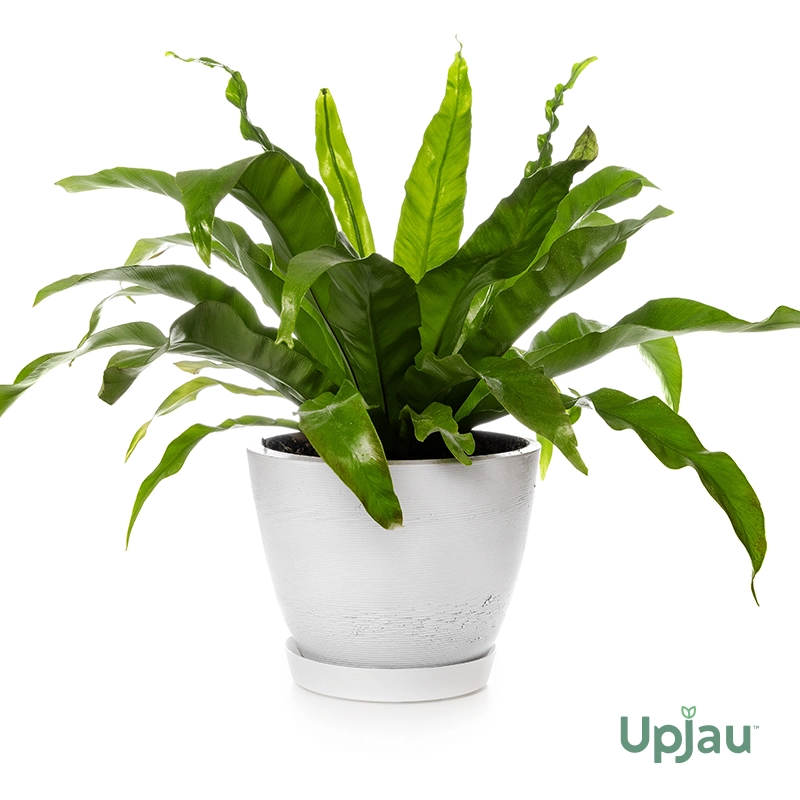
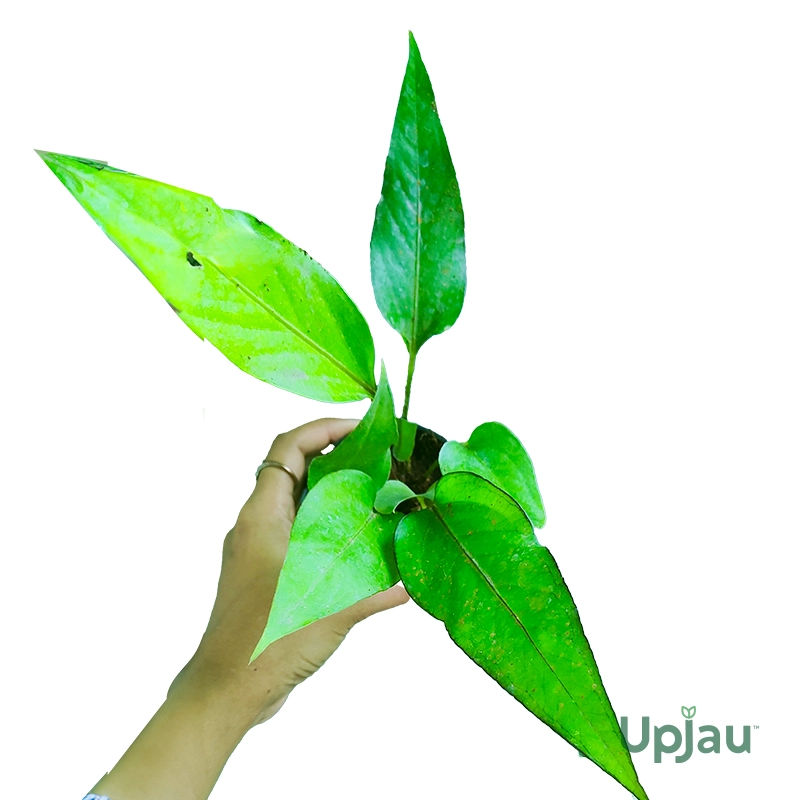


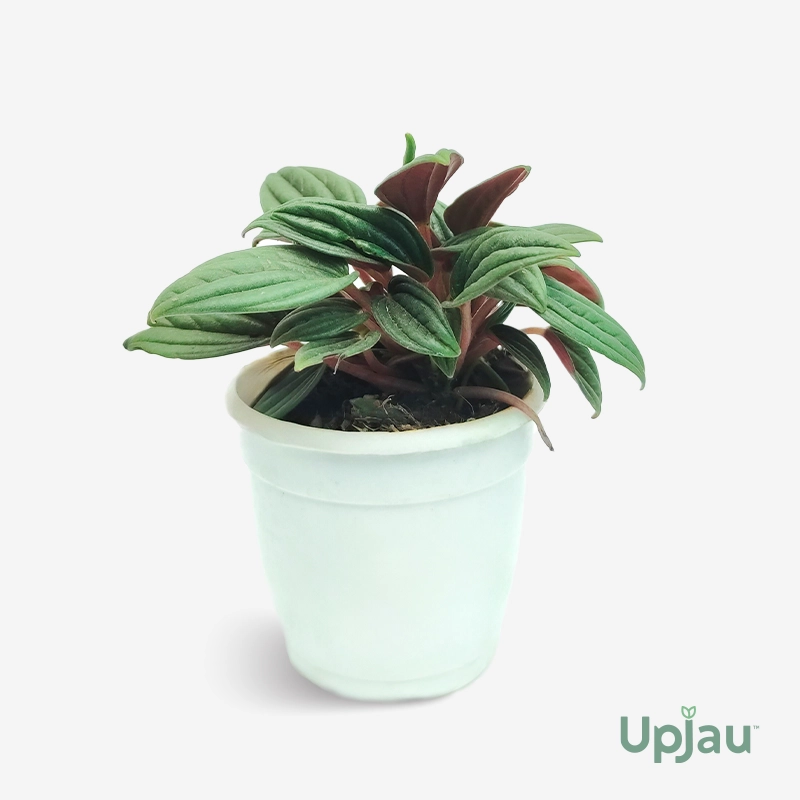

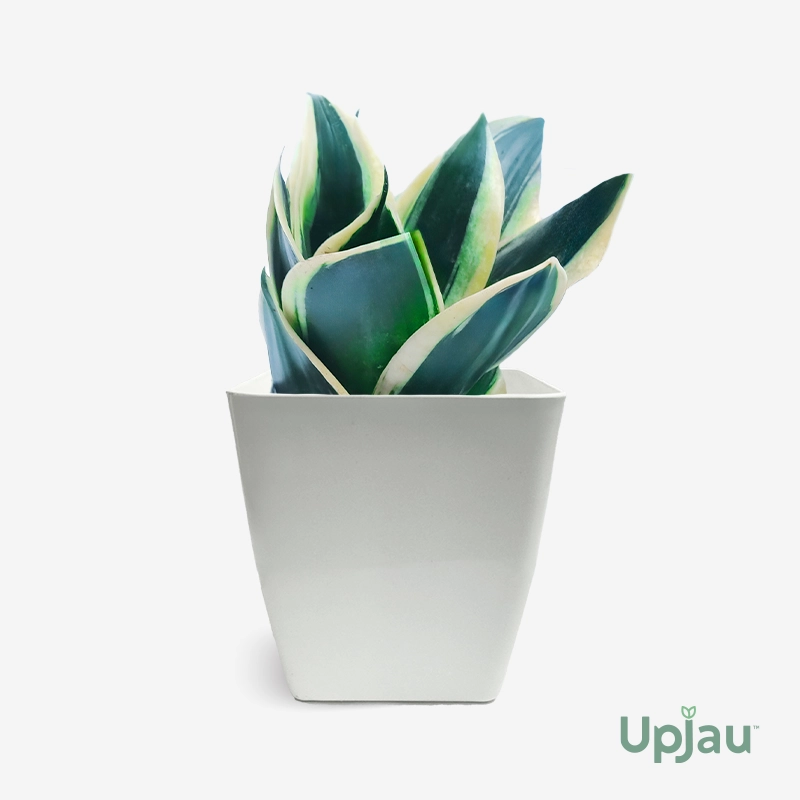
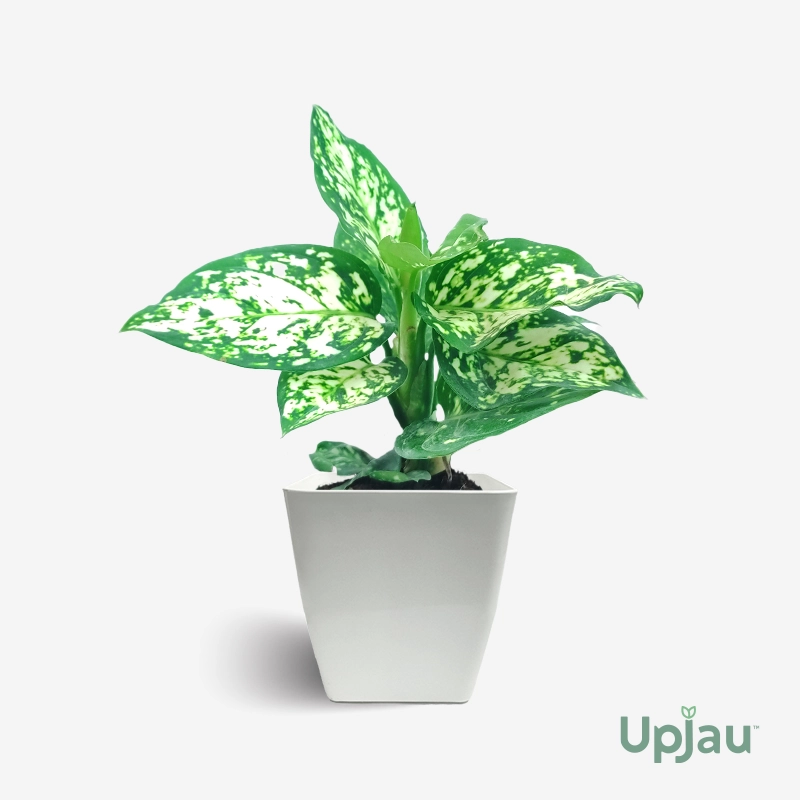
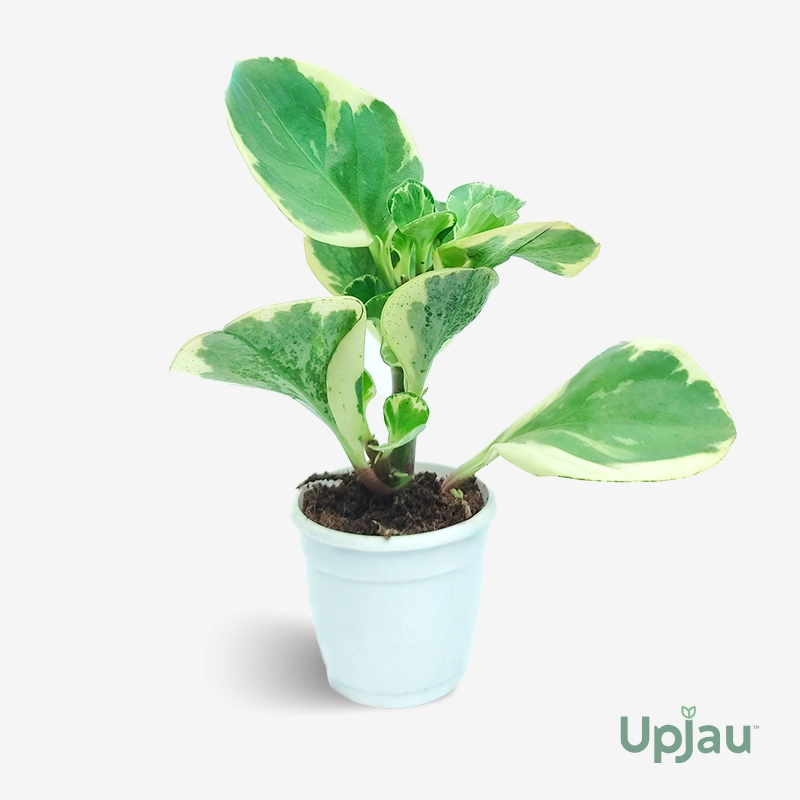


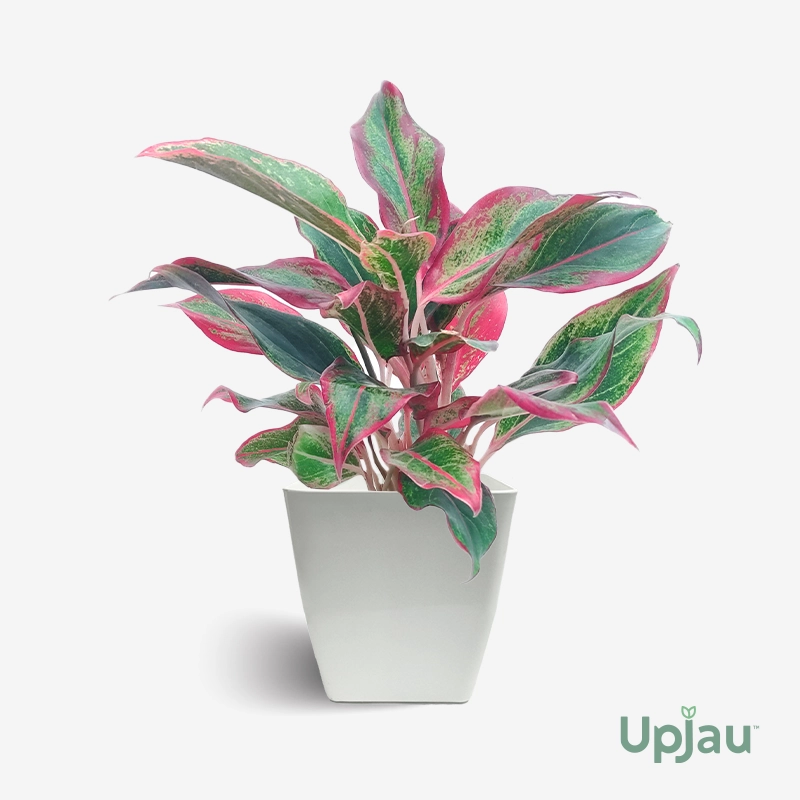

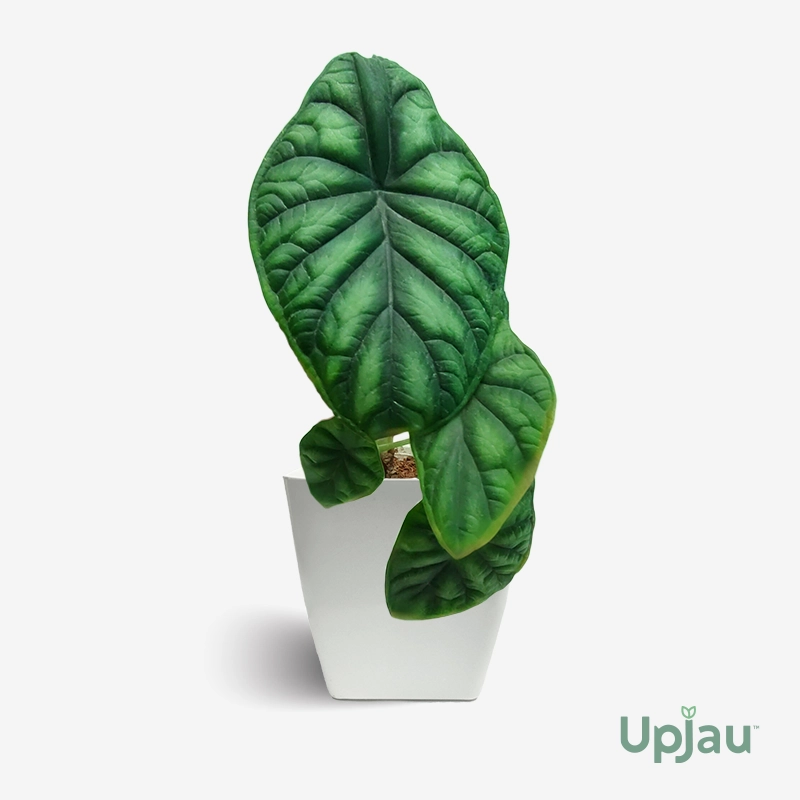

Reviews
There are no reviews yet.